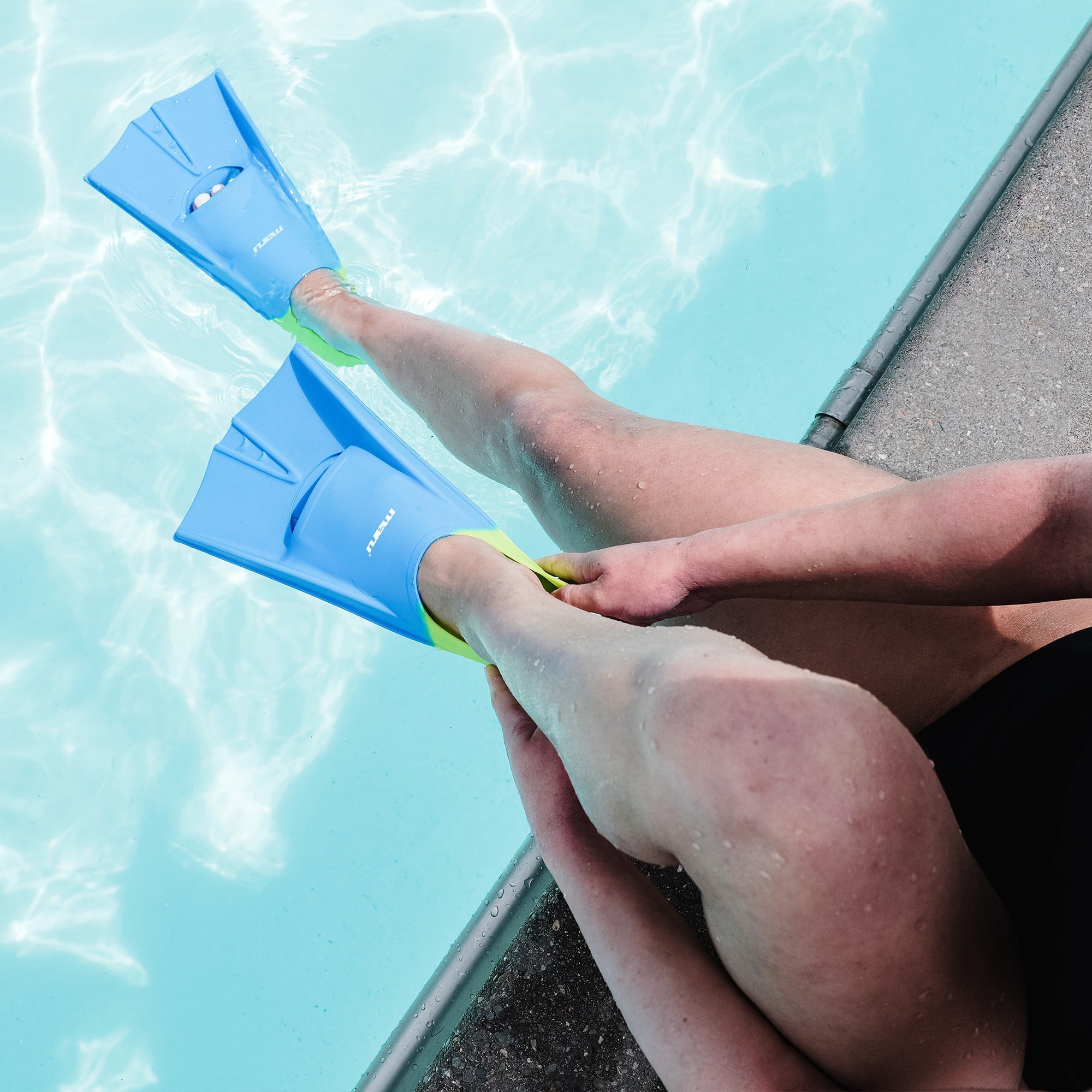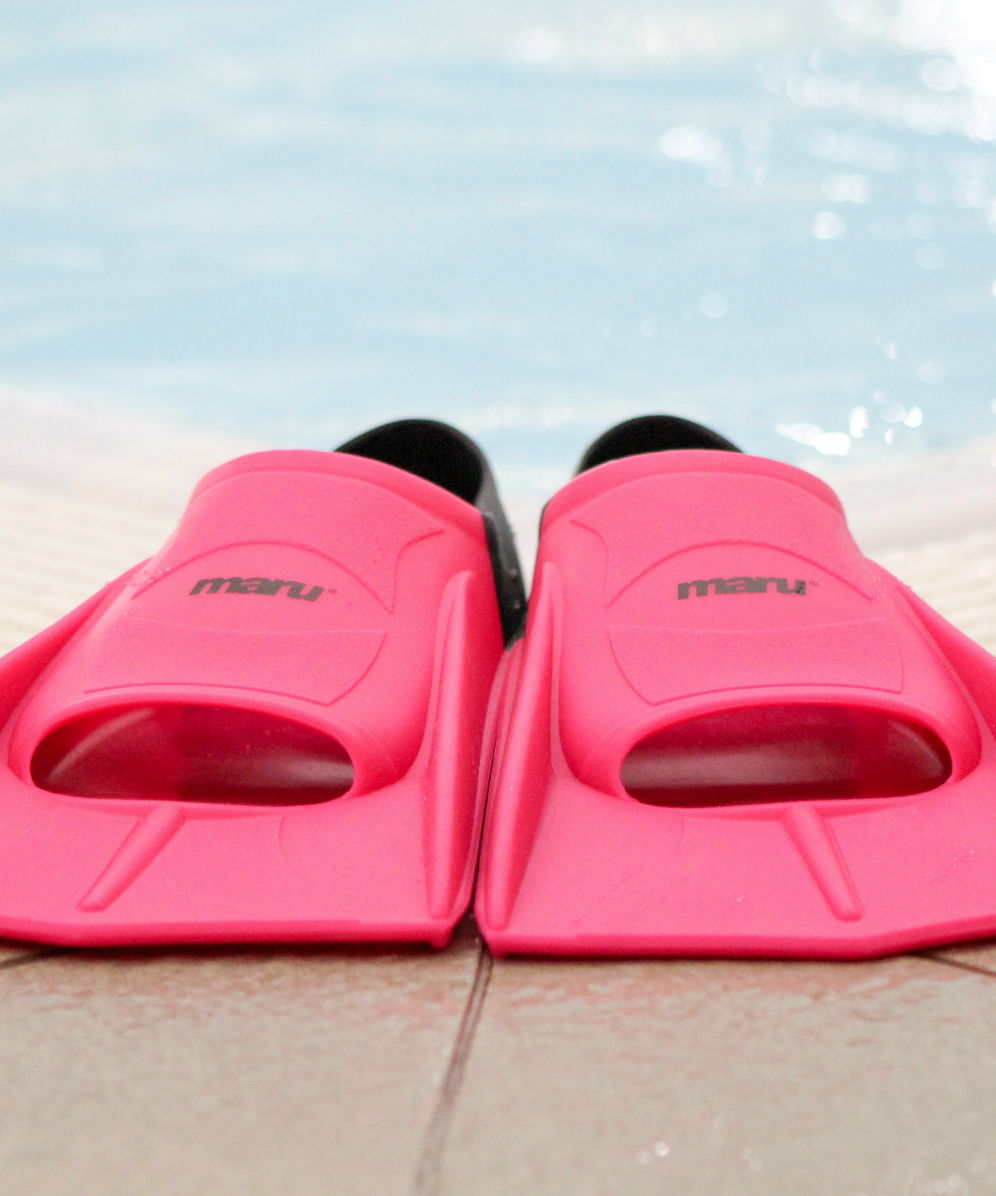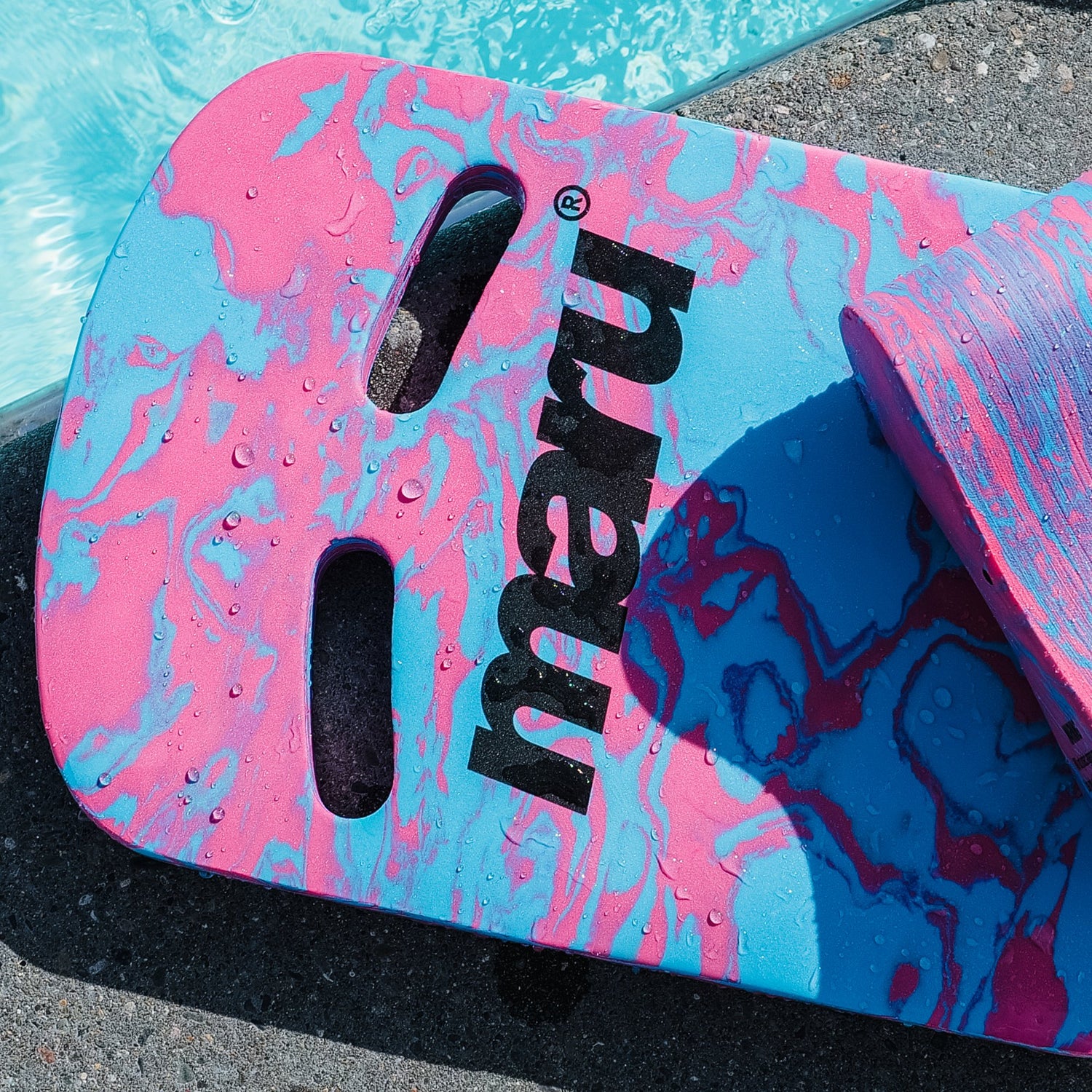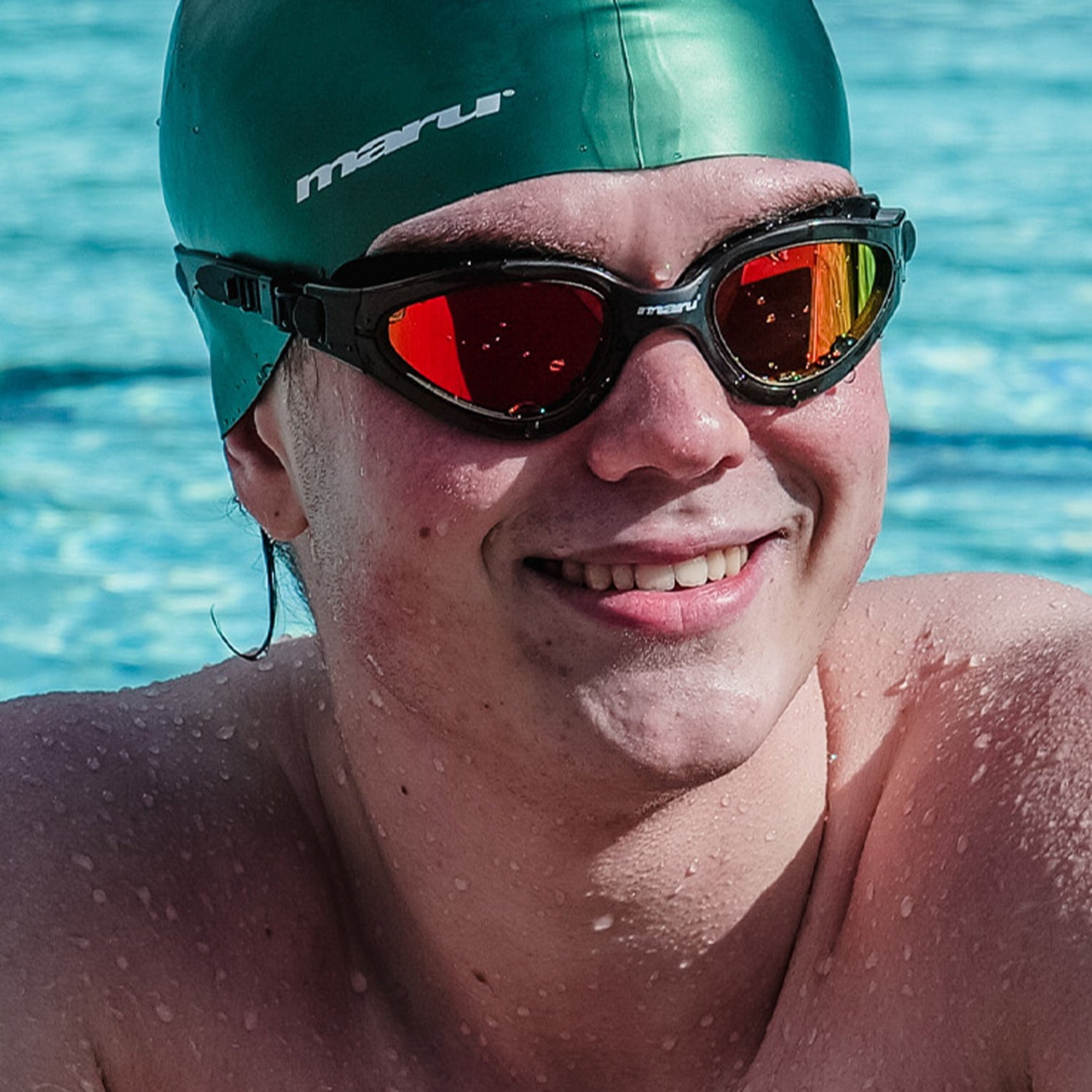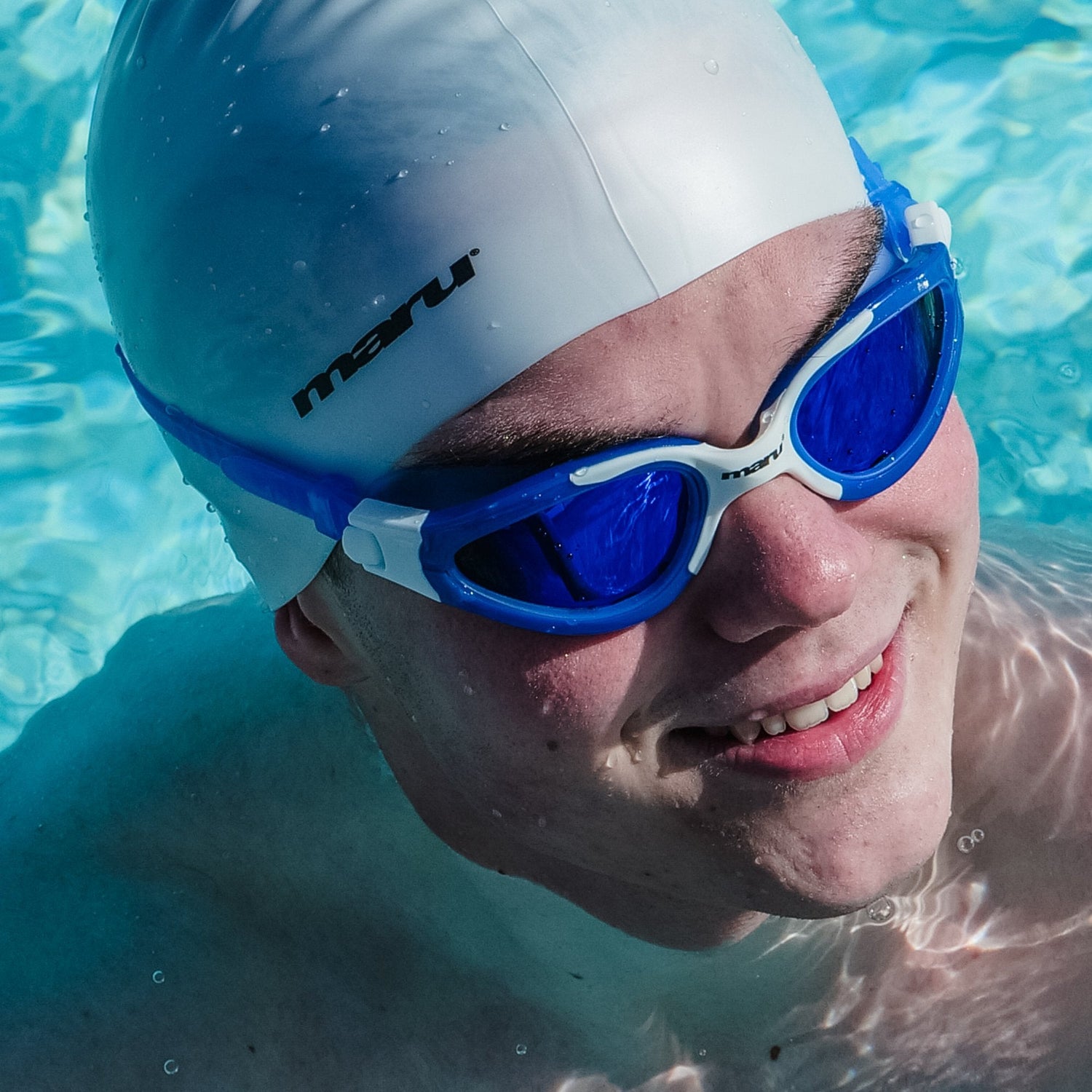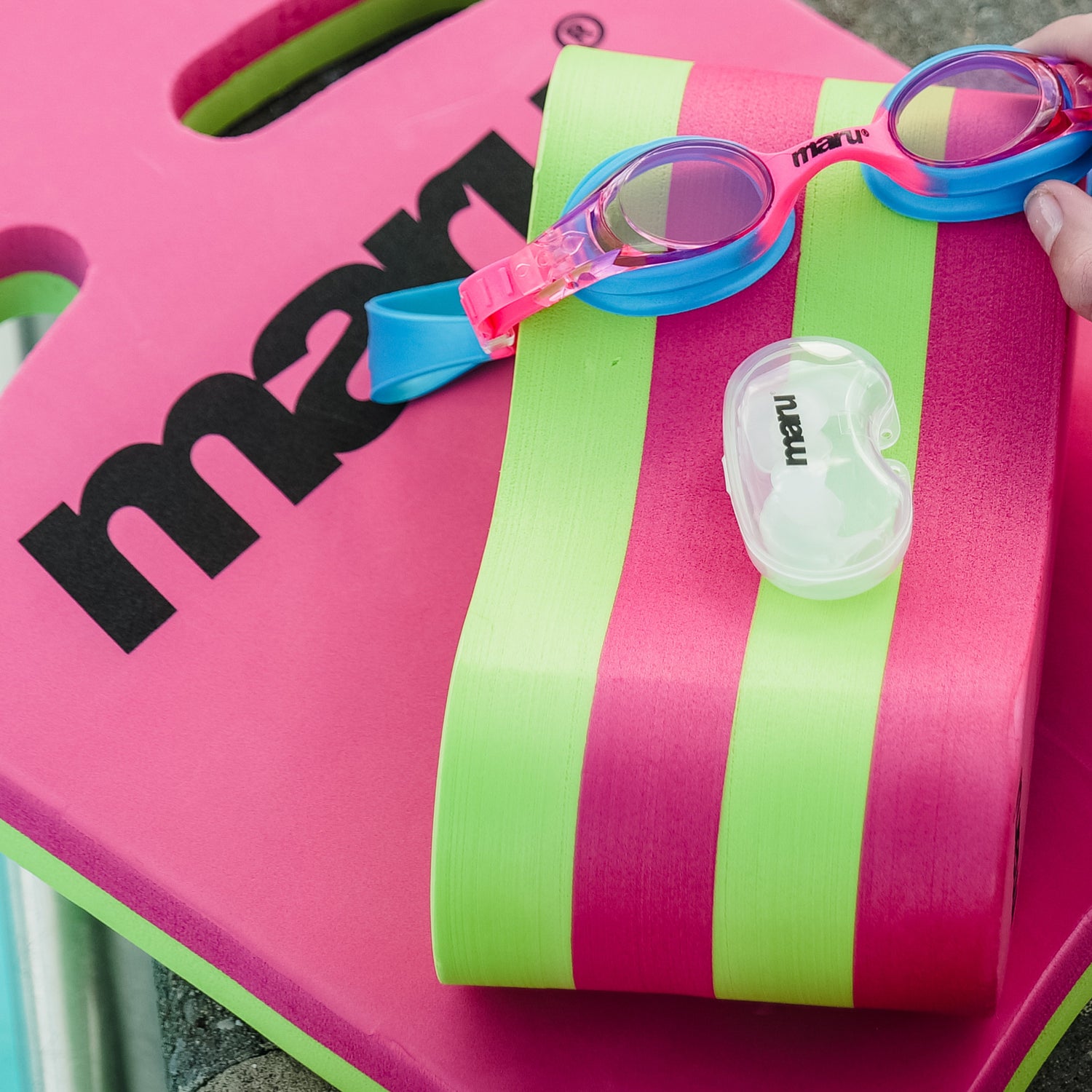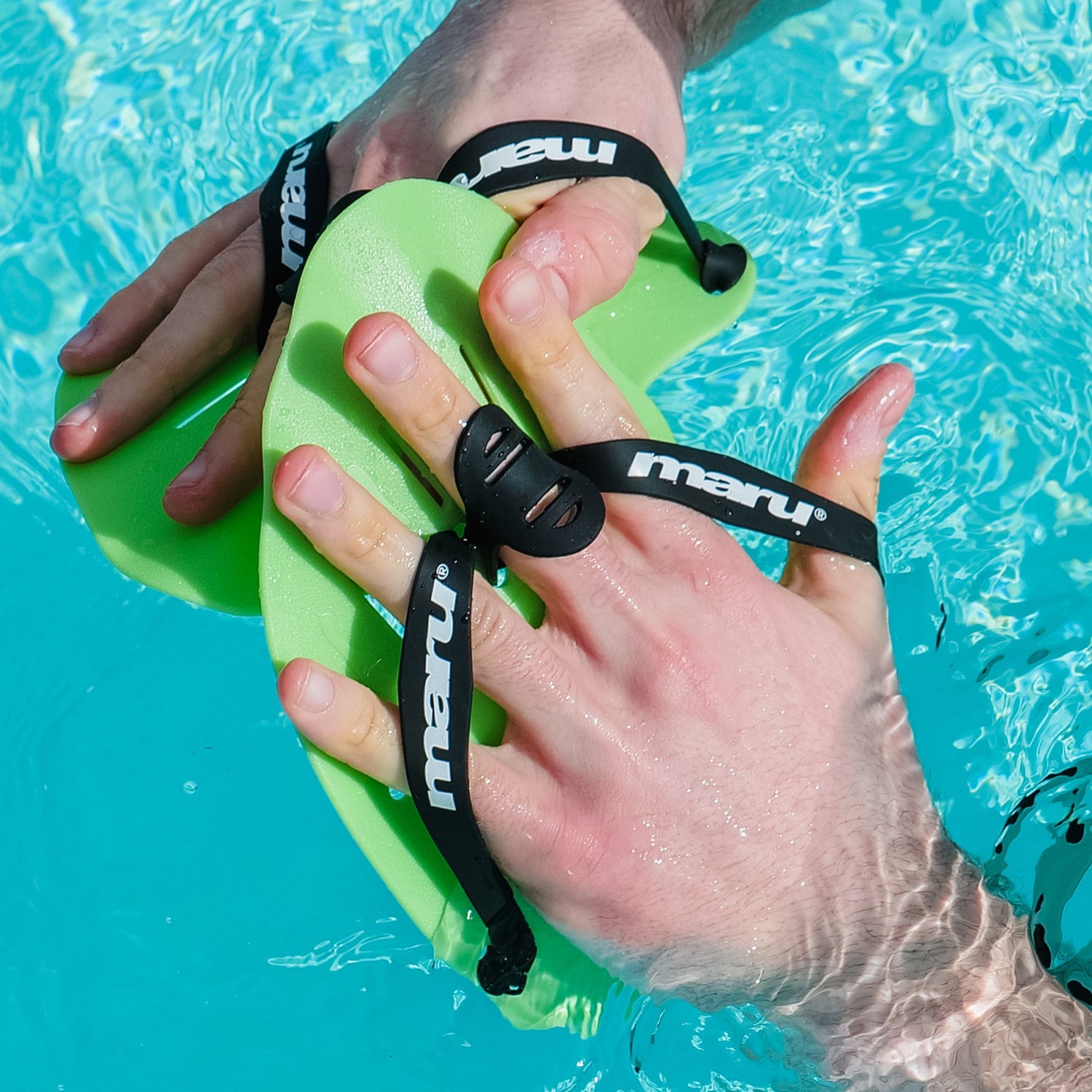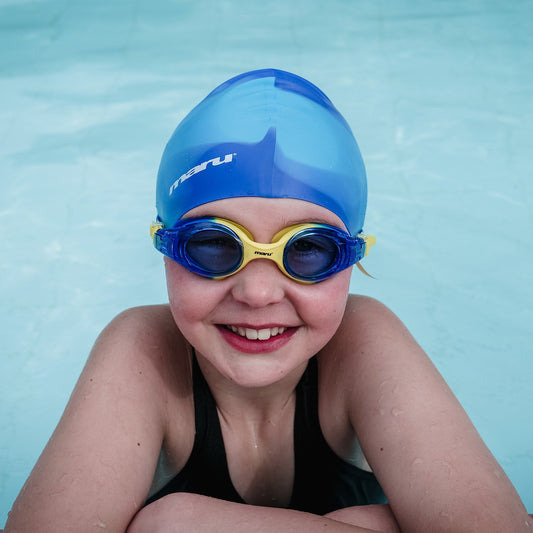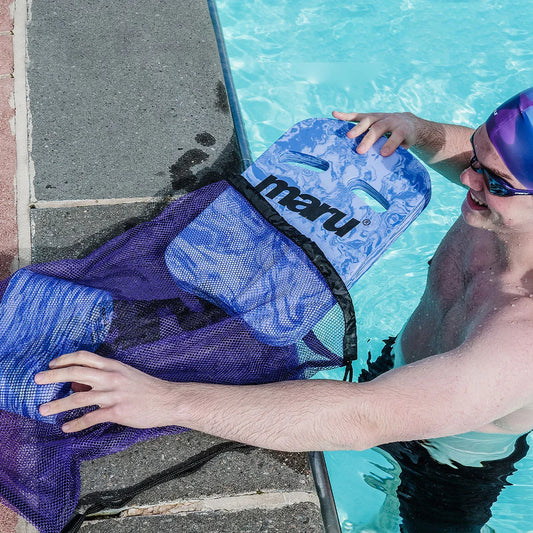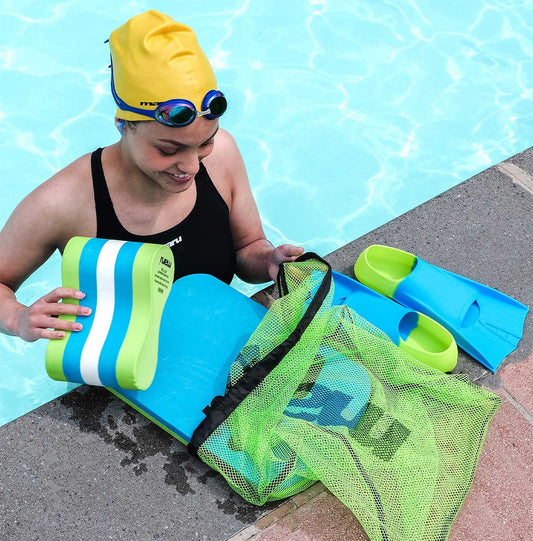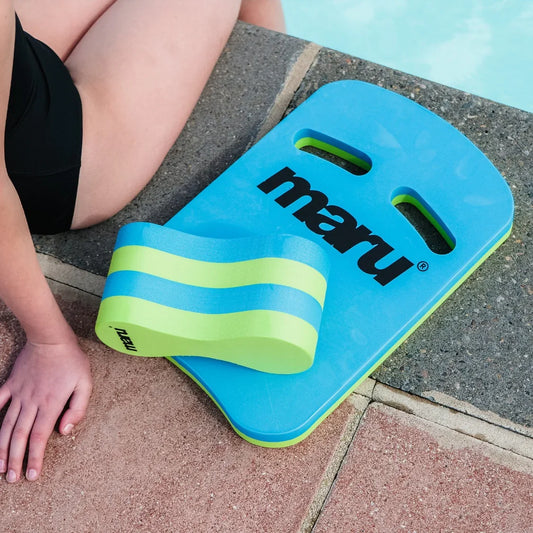Every swimmer reaches that point where they want to swim further, faster, or just feel smoother in the water. Training aids like fins, paddles, and pull buoys help you get there, each one improving a specific part of your stroke while keeping sessions varied and fun.
I work with adult beginners and club swimmers every week, helping them build confidence and refine their technique. One question I hear constantly is: “What do all these training aids actually do and which ones do I need?”
If you're swimming regularly and ready to take your training up a notch, this guide will help you understand how fins, hand paddles, and pull buoys each work, what they improve, and how to use them properly. Let's dive in.
Swim Fins (Training Fins) – Build Power and Perfect Your Kick
Training fins (also called swim fins) extend your feet, giving you extra propulsion and helping you focus on body position and kick technique.
What fins do for you:
- Strengthen your leg muscles and improve kick power.
- Develop ankle flexibility — essential for an efficient flutter kick.
- Lift your hips and legs into a streamlined position, helping you feel what good body alignment should be like.
- Let you swim faster, which builds cardiovascular fitness without overworking your arms.
Coaching tip: Always use short training fins for swim training — they’re designed to improve kick technique and strength without overloading your legs. Avoid long scuba fins, which are made for diving rather than swimming and can disrupt your body position and knee alignment.
Maru's Training Fins are designed to build power and improve your kick without overloading your legs, perfect for refining body position and ankle flexibility. You can explore the full range here: Maru Fins Collection.
Hand Paddles – Strengthen Your Pull and Feel the Water
Hand paddles are training tools that fit over your hands to increase the surface area of each stroke. While some paddles are flat, many modern designs — like Maru’s — are contoured to match the natural curve of your hand, helping you maintain good alignment and improve your feel for the water.
What paddles do for you:
- Build strength in your shoulders, arms, and back.
- Improve your “catch” — that crucial moment when your hand connects with the water.
- Help you sense whether your hand is entering cleanly or slipping.
- Build endurance and power in your pull, making your normal stroke feel smoother and stronger.
Coaching tip: Always choose paddles that fit your hand size — they should sit just slightly larger than your palm to give feedback without straining your shoulders. Focus on maintaining good technique and a controlled stroke rather than pushing for speed. If you feel any shoulder discomfort, stop and reset your form before continuing.
Product highlight: Maru’s ergonomic Hand Paddles are contoured for comfort and efficiency, helping swimmers strengthen their pull and refine their technique while protecting the shoulders.
Pull Buoys – Isolate Your Arms and Refine Your Technique
A pull buoy is a foam float that sits between your thighs, keeping your legs afloat so you can focus entirely on your arm stroke.
What a pull buoy does for you:
- Isolates your upper body, letting you concentrate on arm technique, breathing rhythm, and body rotation.
- Improves your feel for balance and streamlining without the distraction of kicking.
- Builds arm strength and endurance.
- Helps swimmers who struggle with leg position understand what a high, streamlined body feels like.
Coaching tip: When using a pull buoy, resist the temptation to let your hips drop or your body twist. Focus on maintaining a straight spine, rotating from your core, and breathing smoothly to one side (or both, if you're working on bilateral breathing).
Maru's Pull Buoys are lightweight and durable, helping you focus on upper-body strength and a streamlined position. Check them out here: Maru Pull Buoys.
For guidance on approved swimming aids and their safe use, Hertfordshire Sports Village provides helpful information: Guidance on Approved Swimming Aids.
Using Training Aids Together – Building a Complete Workout
One of the best things about fins, paddles, and pull buoys is how well they work together. Many swimmers combine aids in the same session to target different aspects of their stroke — particularly when working on front crawl (freestyle), where body alignment and rhythm are key.
Example drill combination: Try 4 × 50 m front crawl pull-buoy drills focusing on smooth arm recovery and controlled breathing, then 4 × 25 m kick with fins for power and leg conditioning. This keeps your training varied, targets both upper and lower body, and helps you notice improvements in technique.
You might also try paddles with a pull buoy to really challenge your arm strength, or fins on their own for sprint intervals that build fitness and speed.
Choosing the Right Gear and What to Try First
If you're just starting out with training aids, here's a quick summary to help you decide:
- Swim fins target your kick, leg strength, and body position. Great for swimmers who want to improve their streamlining or build cardiovascular fitness.
- Hand paddles target your pull, upper-body strength, and stroke mechanics. Ideal if you want to refine your catch and feel more powerful through the water.
- Pull buoys target your arms, balance, and breathing technique. Perfect for isolating your upper body and working on a smooth, relaxed stroke.
You don't need all three straight away. Start with one aid that addresses your biggest goal — whether that's a stronger kick, a more efficient pull, or better body position — and build from there. Experiment, stay patient, and remember that these tools work best when you focus on technique rather than just speed.
Ready to Take the Next Step?
Training aids are brilliant for breaking through plateaus, adding variety to your sessions, and helping you feel real progress in the water. Build your confidence one tool at a time, and don't be afraid to ask a coach or experienced swimmer for feedback on your technique.
If you're still building your swimming kit and wondering what other essentials you might need, check out our beginner's guide: What Accessories Do You Need for Swimming?
Happy swimming — see you poolside!
Sam (Swimming Coach)

